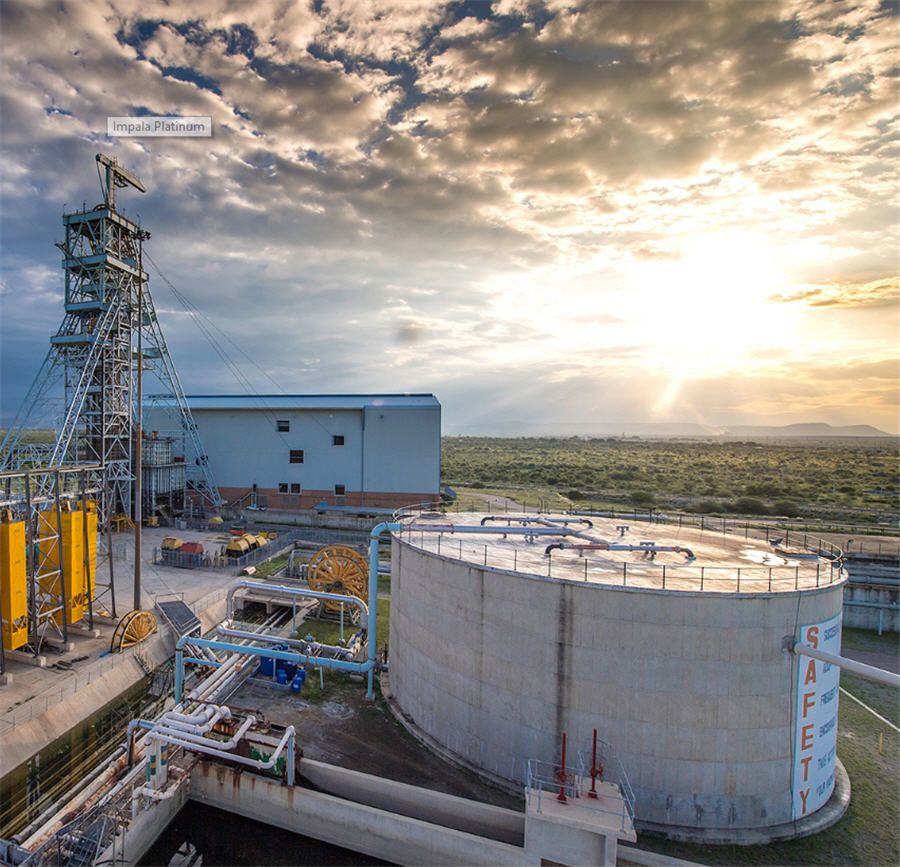
(Bloomberg) — Platinum’s near the lowest in a decade and hedge funds have never been so bearish and that could be good news for prices.
The commodity has had a torrid year so far amid ample supplies and as investors lost faith in precious metals. While speculators are betting on more declines, the large bearish wagers mean prices could be poised to rebound, according to ING Bank NV. The bank, along with Commerzbank AG and Macquarie Group Ltd., says platinum may be near a bottom.
“I take the CFTC data as a fairly bullish reading, as you can see it’s driven by a surge in shorts,” said Oliver Nugent, a strategist at ING in Amsterdam, referring to money managers’ position. “Shorts are at extremes and there’s likely to be a bounce.”
Platinum, which is mostly used to curb vehicle emissions, has been hit by concerns about weaker diesel demand as well as a stronger dollar. With prices down more than 50 percent from a 2011 peak, that’s hurting mine profits in top producer South Africa, but also adding to speculation that car companies could substitute in more platinum for sister metal palladium in auto catalysts.
It’s been a pretty extreme turnaround for hedge funds’ bets. In just six months, money managers have gone from being the most bullish in a year to holding the largest bearish position in U.S. government data going back to 2006.
“Platinum is extremely unloved at the moment,” said Matthew Turner, a precious metal strategist at Macquarie in London. “The metal is suffering from the diesel story. While this has been known about for a while, it has really started to play out this year. There’s no sign of that turning around but I would expect it to stabilize.”
Platinum touched $793.34 an ounce last week, the lowest in almost a decade, and some analysts are forecasting that the market is close to a bottom. Macquarie, Commerzbank and ING see prices averaging $900 or higher through year-end and exceeding $1,000 next year. The metal traded at about $840 on Thursday.
The slump has also made the metal a more attractive alternative to palladium, which can often be used in the same industrial applications. Platinum is near its cheapest relative to palladium since 2001, which has led to speculation that the auto industry could consider substituting in more platinum.
Lower prices have already forced some South African miners to close unprofitable shafts. While top producer Anglo American Platinum Ltd. is adding to output, others are still struggling. Lonmin Plc is cutting 12,600 jobs over three years and Impala Platinum Holdings Ltd. said earlier this month it’s working on a strategic review of its Rustenburg complex, where only three of the 10 shafts were making money as of March.
The rand has been key for South African miners. The currency has also slumped from a 2011 peak, which has eased some of the pain for producers who sell the metal in dollars but pay much of their costs in rand.
“We don’t expect mines to close in the short term,” said Mark Fellows, head of mine supply at Metals Focus Ltd. in London. “We’re expecting shaft closures, but not necessarily full mine closures, from the second half of 2019. In the meantime, producers seem to be playing a game of chicken, encouraged by rand weakness.”
Even though concerns about mine production remain, there are ample supplies of above-ground metal to satisfy demand.
After a couple of years of shortages, the market has been oversupplied since 2016. Above-ground inventories totaled 8.5 million ounces at the end of last year, according to Metals Focus. That’s equivalent to more than a year of global demand.
(By Rupert Rowling)